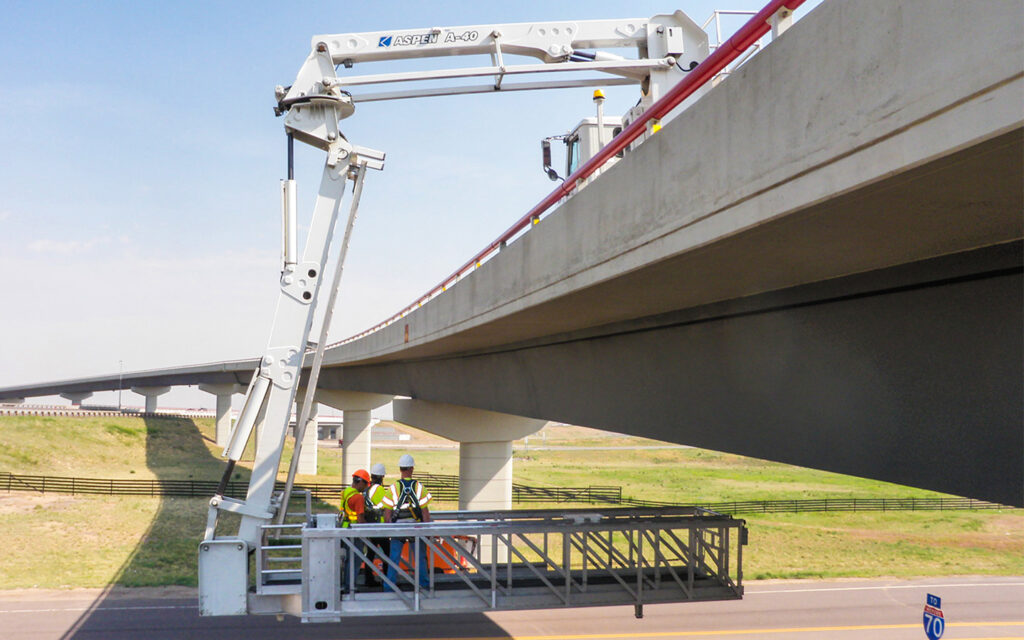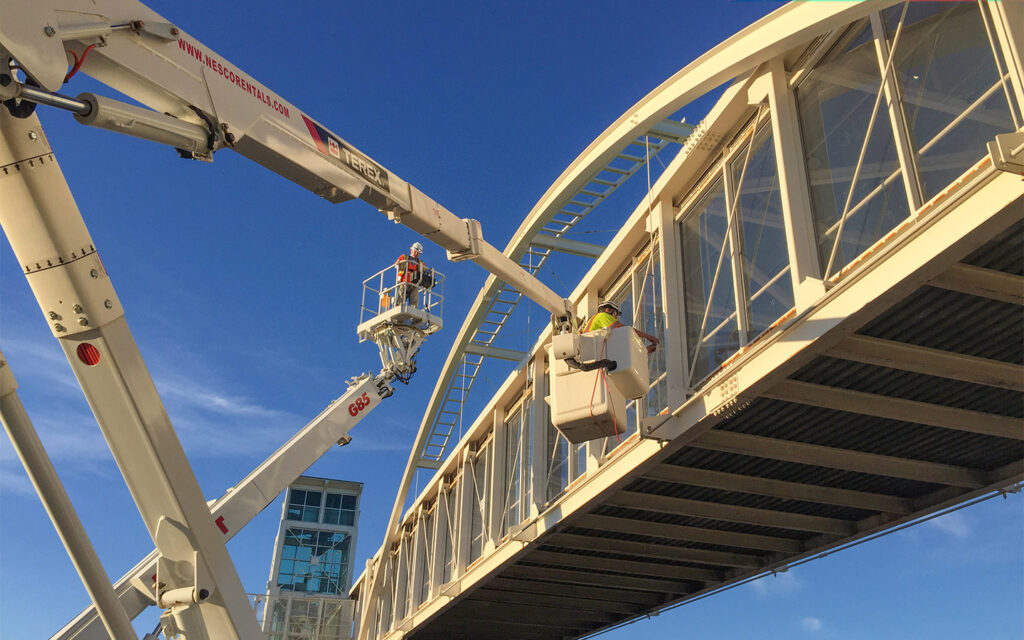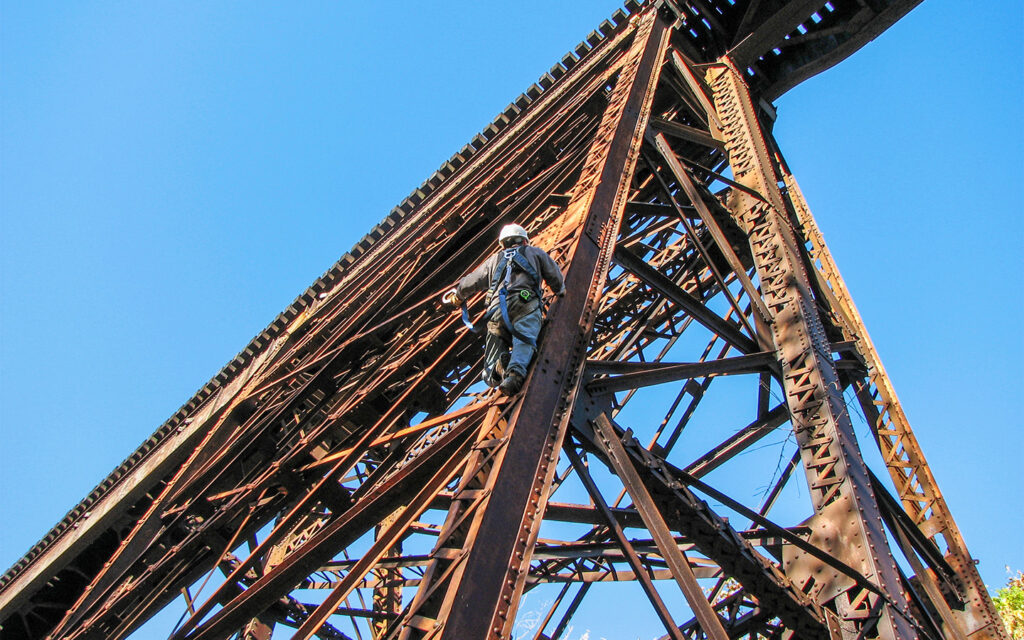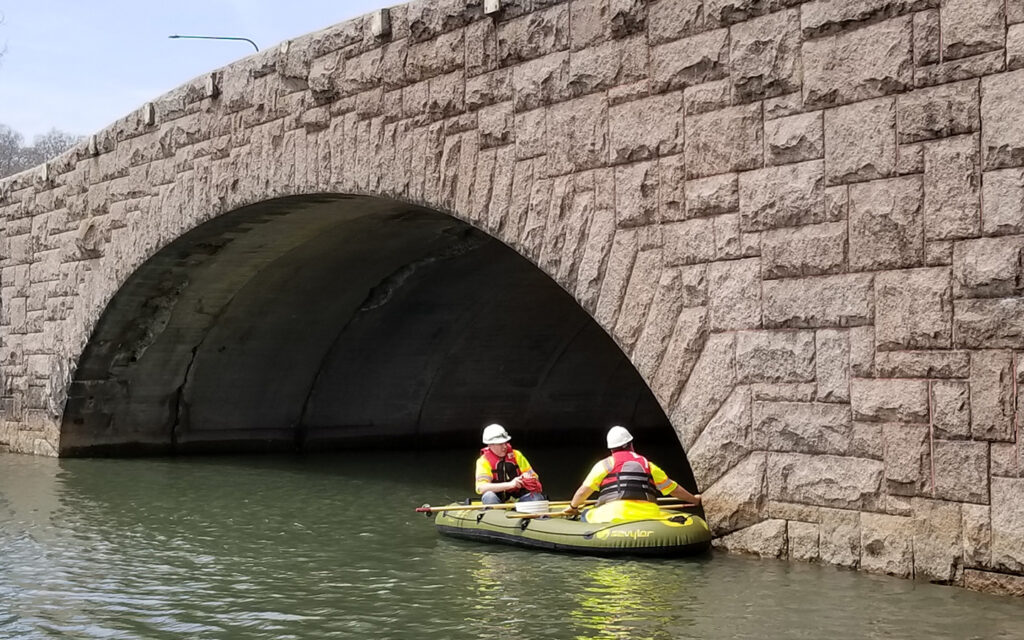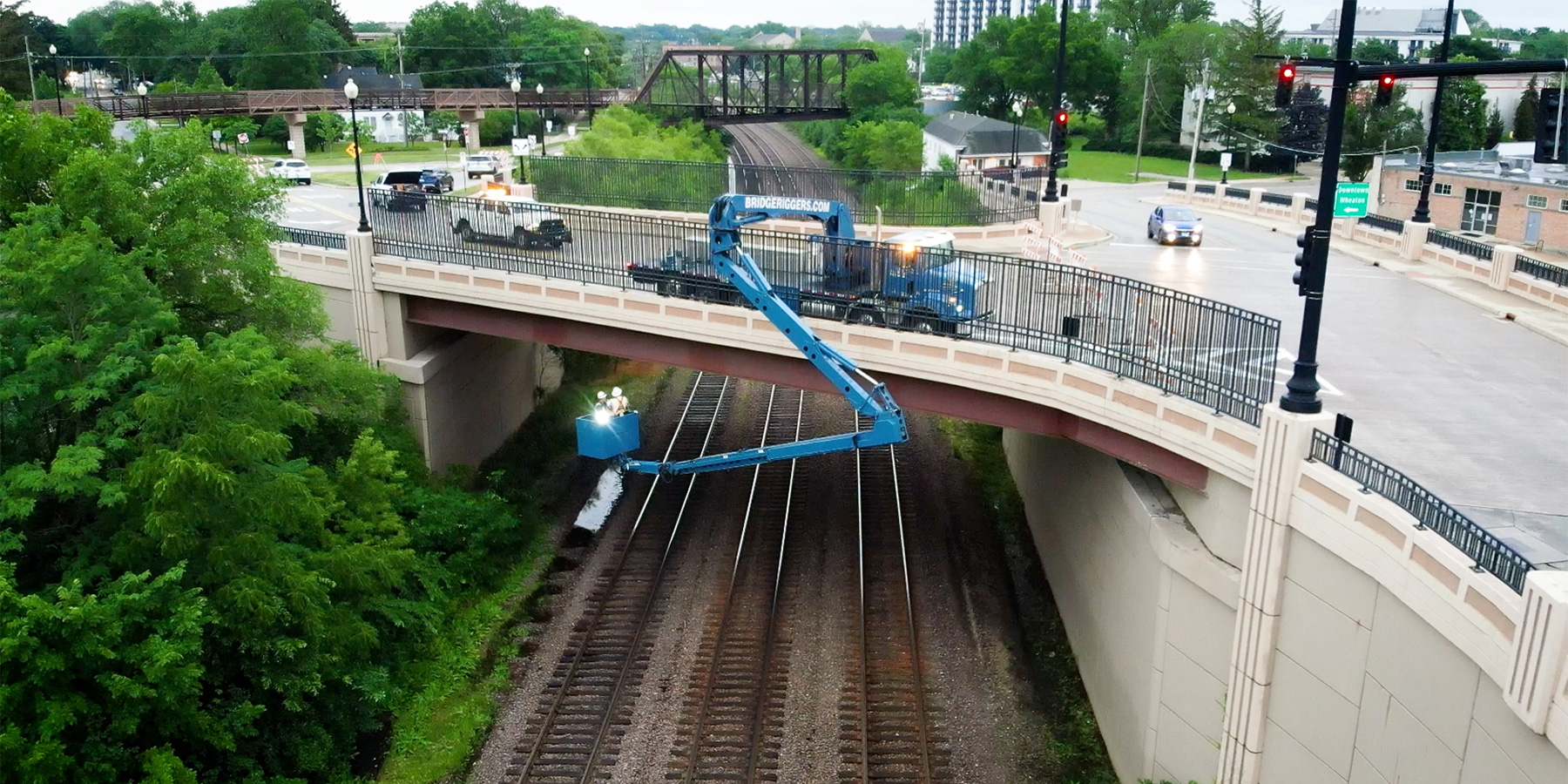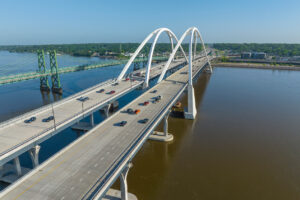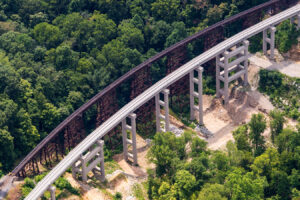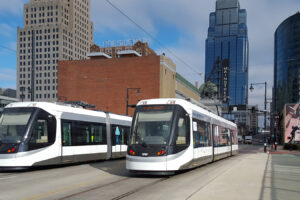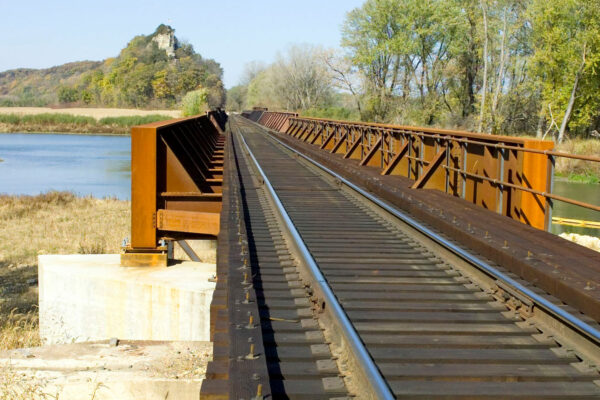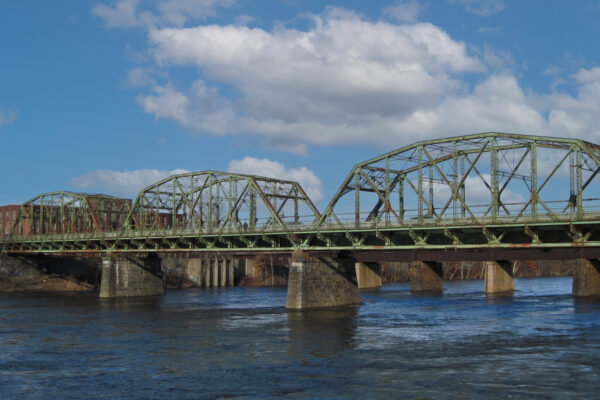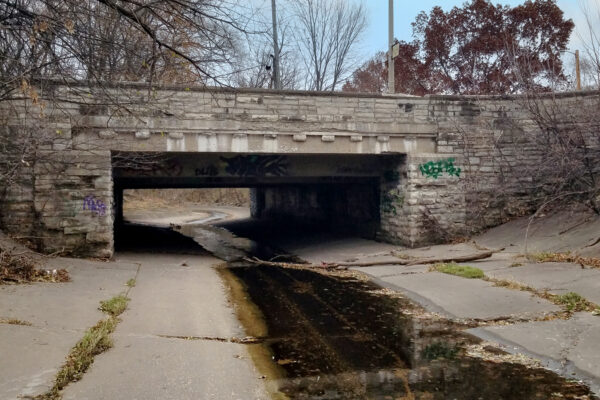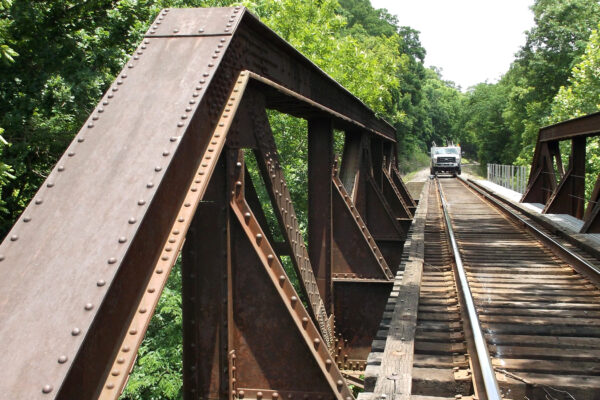Advances in drone technology are creating more accurate and efficient ways to inspect infrastructure. Thermal drones in particular have been able to lead to the earlier detection of potential problems.
Bridge Inspection
Safeguarding Transportation Networks Across the Nation
With an impressive network of National Bridge Inspection Standards (NBIS) certified experts across the country, Benesch has inspected tens of thousands of structures—top to bottom. Whether it is a routine inspection or an emergency situation, we use our structural expertise to fuel our inspection approach. This enables us to provide you with the information you need to make the best, safest decisions regarding bridge maintenance, improvements or replacement.
Expertise from Start to Finish
No matter the inspection type or structure complexity, our inspectors have the knowledge and experience to plan and execute every inspection.
Our work starts before we even set foot on the structure. To ensure our inspections are efficient and effective, we take the time to properly prepare. This includes identifying access needs, selecting the appropriately certified staff, and acquiring any necessary lane closure or signal control permits. No matter if it is a massive bridge in an urban area or a small structure in a remote forest preserve, we’ll be prepared.
Because of this approach, you can be confident that your structure will never be delinquent when you partner with Benesch.
As a result of our meticulous planning, we are able to conduct detailed, accurate and efficient inspections. We have inspectors with the training, skills and experience required to inspect any type of structure, in any type of location.
Whether you have one bridge or 1000, our approach to inspections is simple: provide the right number of inspectors at the right time to ensure resources are spent wisely. We also leverage new data collection technologies when feasible to increase the accuracy and speed at which we deliver you critical information about your structure’s integrity and maintenance needs.
Comprehensive bridge inspection reports are essential for maintaining the safety, functionality and longevity of your structures. Because we pride ourselves on our attention to detail and quality control, you’ll be able to rely on our reporting to serve as a foundation for decision-making, planning, and ensuring compliance with FHWA standards and regulations.
Leaning on our structural engineering expertise, we are able help you navigate the needs of each bridge and weigh minor repairs and preventative maintenance against long-term rehabilitation or replacement. We can recommend next steps, generate cost estimates and partner with you to maintain your structures for years to come.
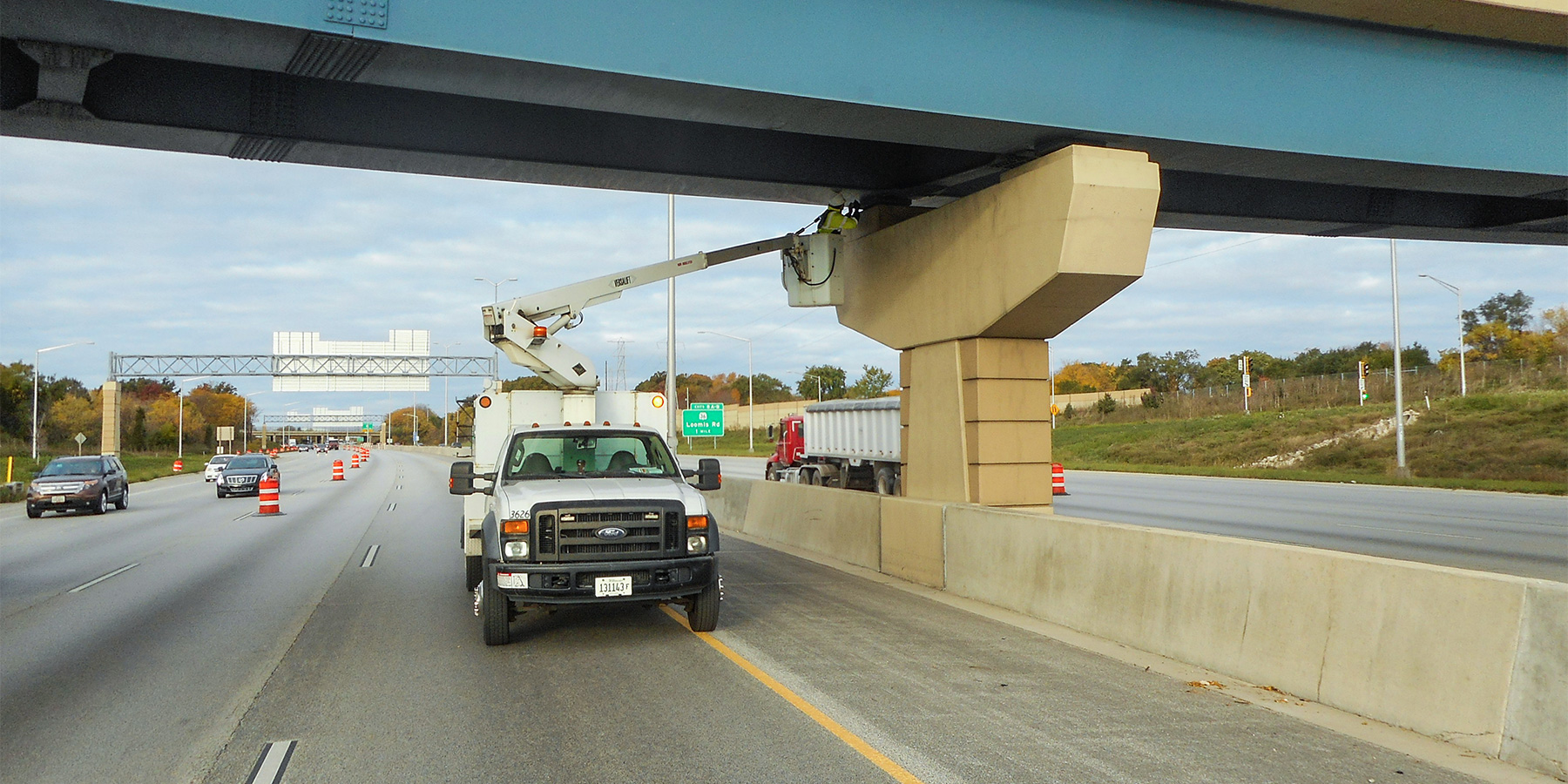
Safety: Our Top Priority
At Benesch, we are committed to prioritizing the safety of both our inspection crews and the public. We always observe local and state guidelines with regard to signing, flagging and coning. At a minimum, two-person teams perform the inspection work. Depending on the size and type of inspection, larger teams may be deployed. All members are certified for fall protection, railroad safety, first aid and working in confined spaces.
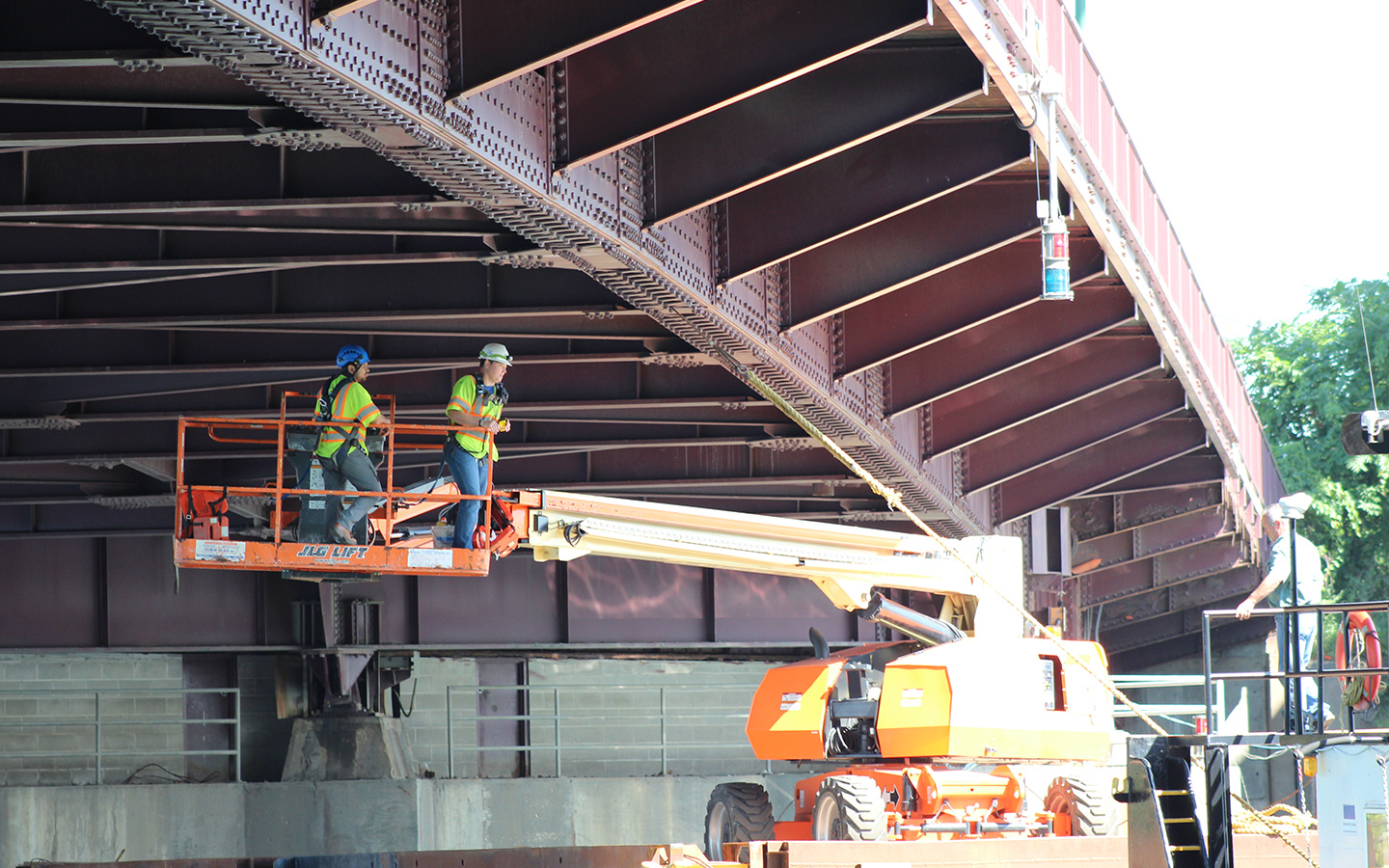
Proactive Program Management
With a long history of successful program management, Benesch knows the importance of implementing proactive planning practices from the very start. From railroad coordination to traffic control and designating individual inspection teams, we think through every aspect in order to provide comprehensive reports on time and within budget.
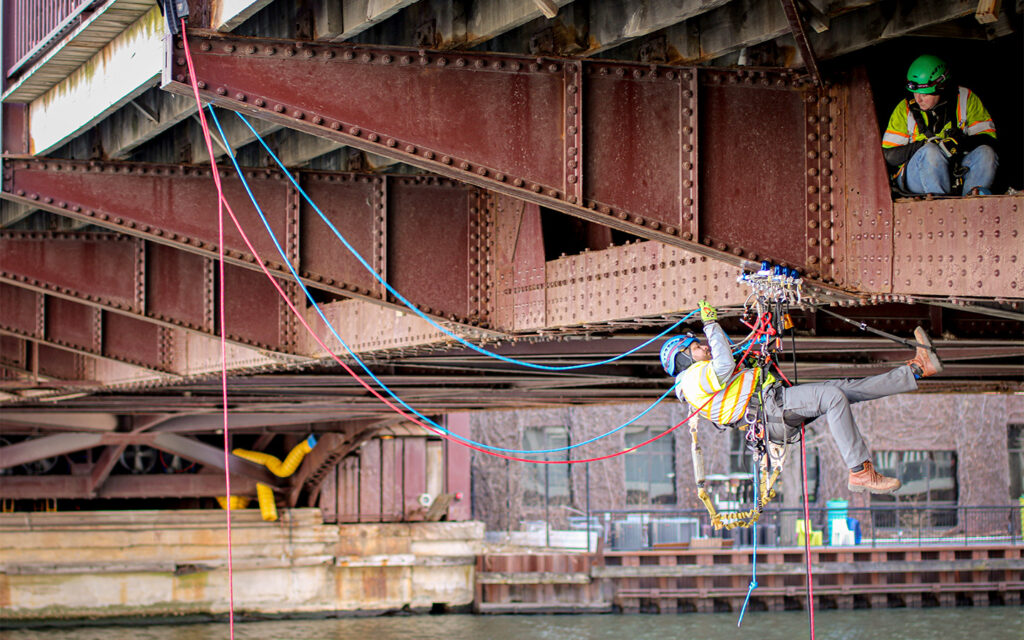
The Chicago Bridge Inspection Team (CBIT) is a joint venture team tasked with leading city-wide inspections on Chicago’s 400+ bridges each year and is led by Benesch’s Program Manager Mark Bendok, PE, SE.
With a huge inventory of Chicago bridges to inspect including movable structures, fixed span structures, viaducts, three-sided frame structures, pedestrian structures and expressway overpass structures, extensive coordination and logistics with subconsultants, equipment rental vendors and adjacent property owners is required. To accomplish all of this for the third largest city in the US, being proactive is key.
I’m always looking for ways to improve efficiency and accuracy. Whether that means restructuring workflows or implementing new technology, if there is a way to streamline the process, I’ll find it.
Mark Bendok | Senior Project Manager
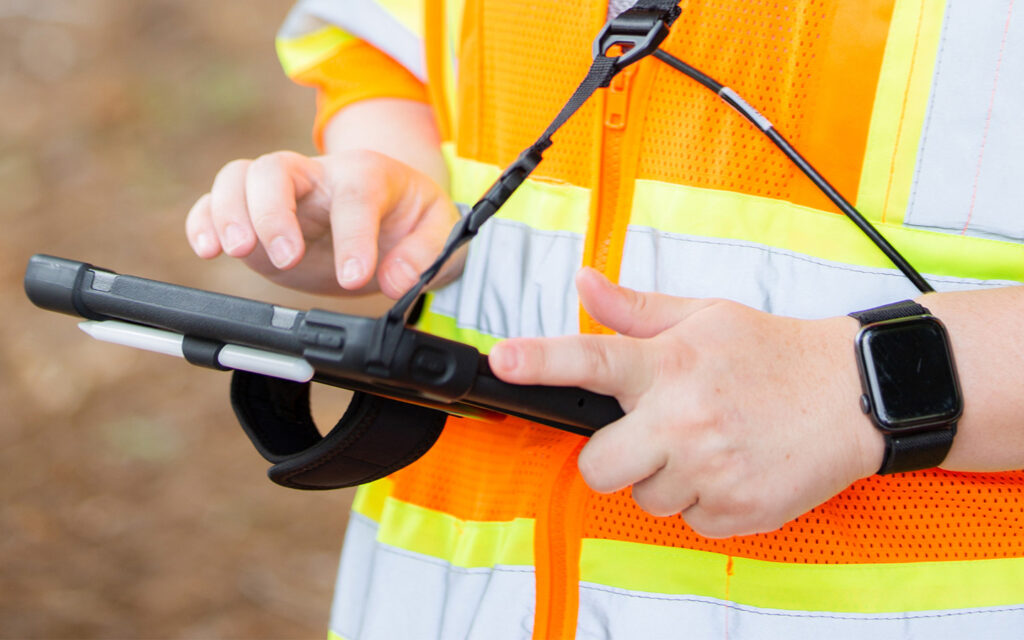
Bridging the Gap between Data and Decision Making
Your inspection data has the power to transform the way you manage your asset network. To do this, it needs to be accurate and accessible. By creating an asset management program that capitalizes on your inspection data, you can easily build maintenance plans across your network.
Learn MoreLeveraging Drone Technology
Evolving drone technology is facilitating safer and more efficient and accurate inspections. Flown by our skilled pilots, drones are equipped with high-resolution cameras and sensors to collect detailed visual data that was once difficult and time-consuming to obtain.
These images can then be used to create 3D models, referred to as digital twins, that allow us to analyze the structure, run simulations and make better-informed recommendations. By incorporating augmented reality and artificial intelligence technology as it emerges, we’re able to further improve the usefulness of these models.
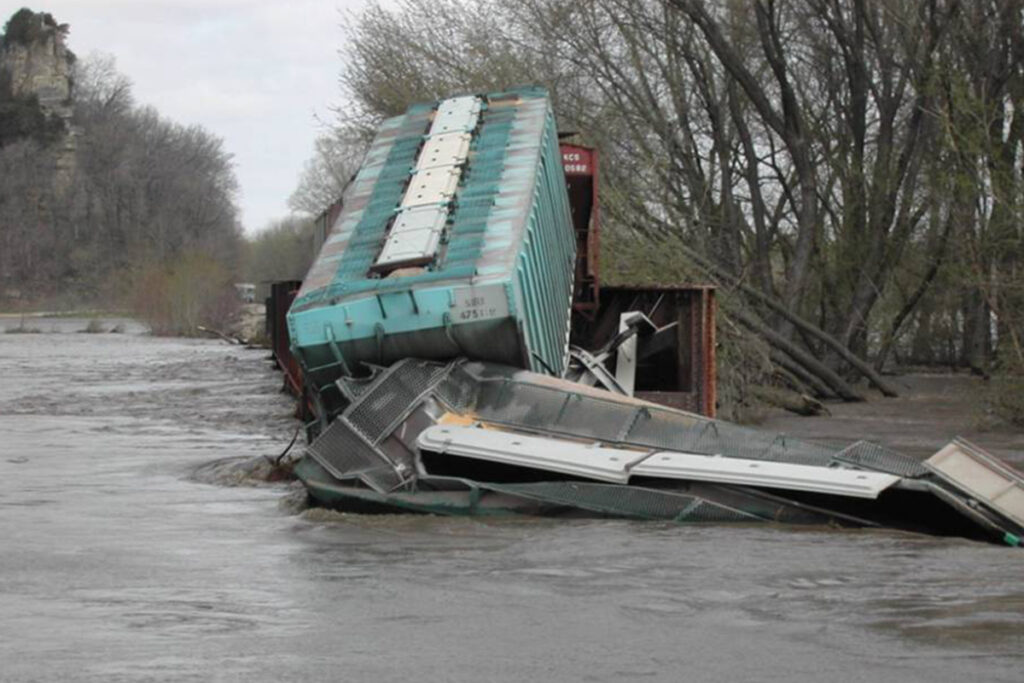
Responding to Emergency Situations
On-call, on-time, all the time—our local teams are ready and available to you, even when the unexpected happens. In an emergency, we have the ability to be onsite quickly to assess structural damage. By working alongside local structural engineering experts, we can collaborate to determine the most efficient way to repair and reopen structures.
When flooding on the Turkey River in northeastern Iowa caused a passing train to derail on Bridge K212 on the ICE Railroad, Benesch was called to inspect the damage and get the project on track for repairs.
Learn MoreAlways Up to Speed
Changes to federal regulations can have major impacts on how you manage your structures. That’s why we make it a priority to stay up to date on the latest FHWA and FRA standards and regulations. When changes are announced, we quickly evaluate how they will impact our inspection work and integrate them into our processes.
